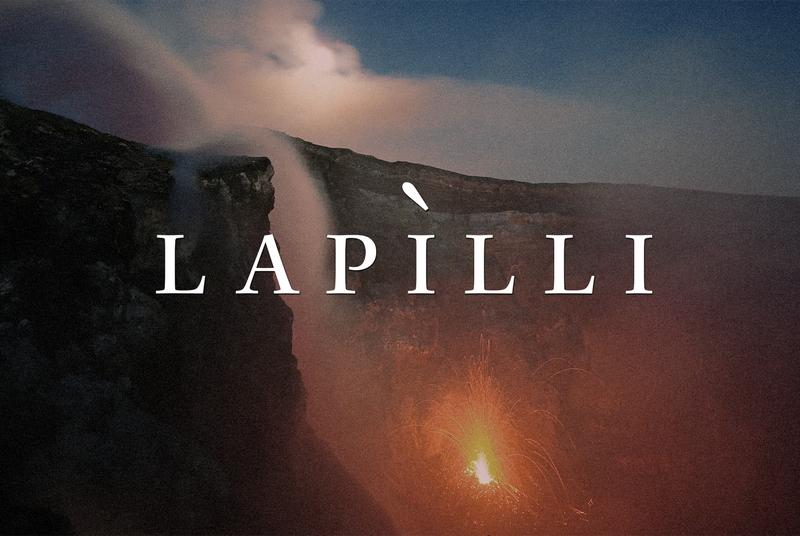In this issue of Lapilli, we delve into initiatives that, while aiming at having positive repercussions on the environment, also carry negative consequences or lack transparency. From lithium mining to solar energy to even the filters used to curb harmful ship emissions, we’ll see how transitioning to a greener economy is harder than one would think. We’ll also talk about the first heatwaves, the collapse of a Swiss glacier that blanketed a nearby village in earth and mud and the scarcity of some seasonal fruits. We'll conclude with an uplifting story from Greece, where a team of divers cleans up the seabed. And, as always, there's more. Happy reading!

Collapsing glaciers. The Birch glacier in Switzerland suddenly collapsed last week, almost destroying the entire underlying village of Blatten. The 300 inhabitants had been evacuated already as a precaution given the first signs of collapse and, fortunately, no one died (although one person is missing). Due to the ever-rising temperatures, Alpine glaciers are increasingly unstable. Even the permafrost, which freezes high-altitude rocks together like glue, is starting to melt making these kinds of events more likely across the Alps. The BBC published a long piece, accompanied by images and maps, to explain exactly what happened (BBC; BBC). And you can find a video of the collapse here.
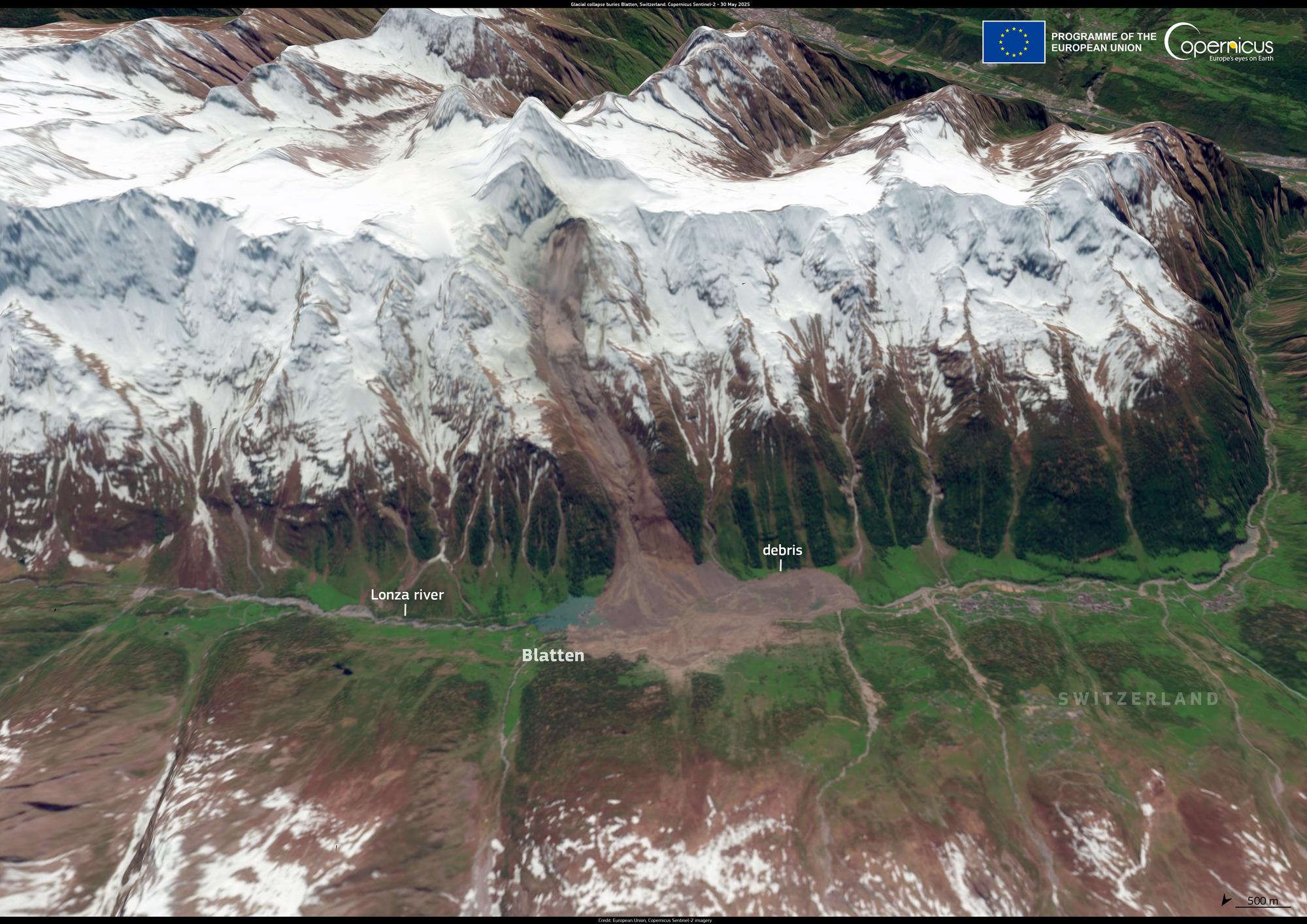
First heatwaves. Portugal, Spain and southern France experienced their first significant heatwaves this year. In Portugal, Amareleja reached 39.5 degrees Celsius (103 degrees Fahrenheit), one of the highest temperatures ever recorded in May (The Guardian). Mainland Spain recorded its hottest day in May ever with an average of 24 degrees Celsius (75.2 degrees Fahrenheit) across the country. Abnormally high temperatures for this season were also observed in Morocco.
A month of intense and sudden events. For the rest, May was characterized by a series of intense and sudden precipitation. In particular, the heavy rains recorded at the beginning of the month in Jordan temporarily formed waterfalls and streams of water inside the archaeological site of Petra. The Italian island of Stromboli was hit again by heavy rains. After the wildfire a few years ago, which was caused by human negligence, much of the vegetation on the slopes of the island's volcano burned down. Now, every time it rains heavily and suddenly, the island’s narrow streets are transformed into rivers of mud. In a prior edition of Lapilli, we reported on a grassroots reforestation effort that began in December 2024 on Stromboli, but the work is far from over. It will still take time to complete the project and mitigate these flooding events. Finally, a cyclone hit the south of France, where strong hailstorms caused the death of at least three people. The cyclone then moved east, towards Italy, specifically western Liguria, where large quantities of rain fell in a few hours. It’s an unusual phenomenon for this period of the year, and has caused floods and landslides. Meteorologists point to high sea temperatures as the cause of these concentrated and intense weather phenomena.
Seasonal fruit in trouble. Irregular rainfall and temperature swings have led to a shortage of some seasonal fruit varieties, causing prices to soar. Cherries at the Milan market, for instance, have reached 23 euros per kilo (12 dollars per pound) — a consequence of the March and April frosts that decimated some harvests in Puglia by 70 to 100 percent.
Apricots are facing a similar issue, becoming scarce on market stalls as early as late April. This fruit, grown across the Mediterranean from Spain to Türkiye, has also been affected by April frosts and hailstorms. Türkiye, in particular, saw a 90 percent reduction in its apricot harvest due to frost. Climate change, generally causing milder Mediterranean winters and earlier flowering, makes these fruiting trees vulnerable to sudden late frosts, damaging both the flowers and fruits (ilPost).

Changing crops. Speaking of how climate change is affecting food production cycles, we highlight an article from Sicily. In this region, increasingly long summers, warmer winters, irregular rainfall and extreme weather events are impacting the island's traditional crops. Cereal crops and oranges are suffering from a lack of water, and Castelvetrano olives are being attacked by flies that can easily survive the milder winters. Meanwhile, crops better suited to more tropical climates, such as avocados and coffee, are expanding their presence.
The article appeared in Agrikola, a new section of Linkiesta Gastronimika, which offers insights into how mass-consumed food is produced in Italy, debunking stereotypes and myths. On that note, the June edition of Lapilli+ will feature an interview with the creator of Agrikola, Linkiesta columnist Alessio Cannata, who will tell us how the project was born and how agriculture is changing in Italy.
If you have any questions for Alessio Cannata, write to us by replying to this email. We’ll include his answers in the June 20 issue of Lapilli+.
Behind the perfect shot. An article, produced by Magmatic School of Environmental Journalism participants, details how the quest for the perfect social media photo can endanger even the most isolated coastal ecosystems. Each summer 250 million tourists visit the Mediterranean coasts and are increasingly seeking out specific beaches and vistas to share online. This trend has already caused damage, such as in the Calanques Park near Marseille, where tourists venturing onto cliffs trample rare plants. Furthermore, sea turtle nesting sites are being damaged by sand groomers, who are privately hired to “beautify” beaches in Italy and Greece with mechanical plows (The Guardian).
In response to this problem, both the Calanques Park and, more recently, the Balearic Islands have decided to stop inviting social media influencers to promote their regions, citing the damaging effects of these campaigns.
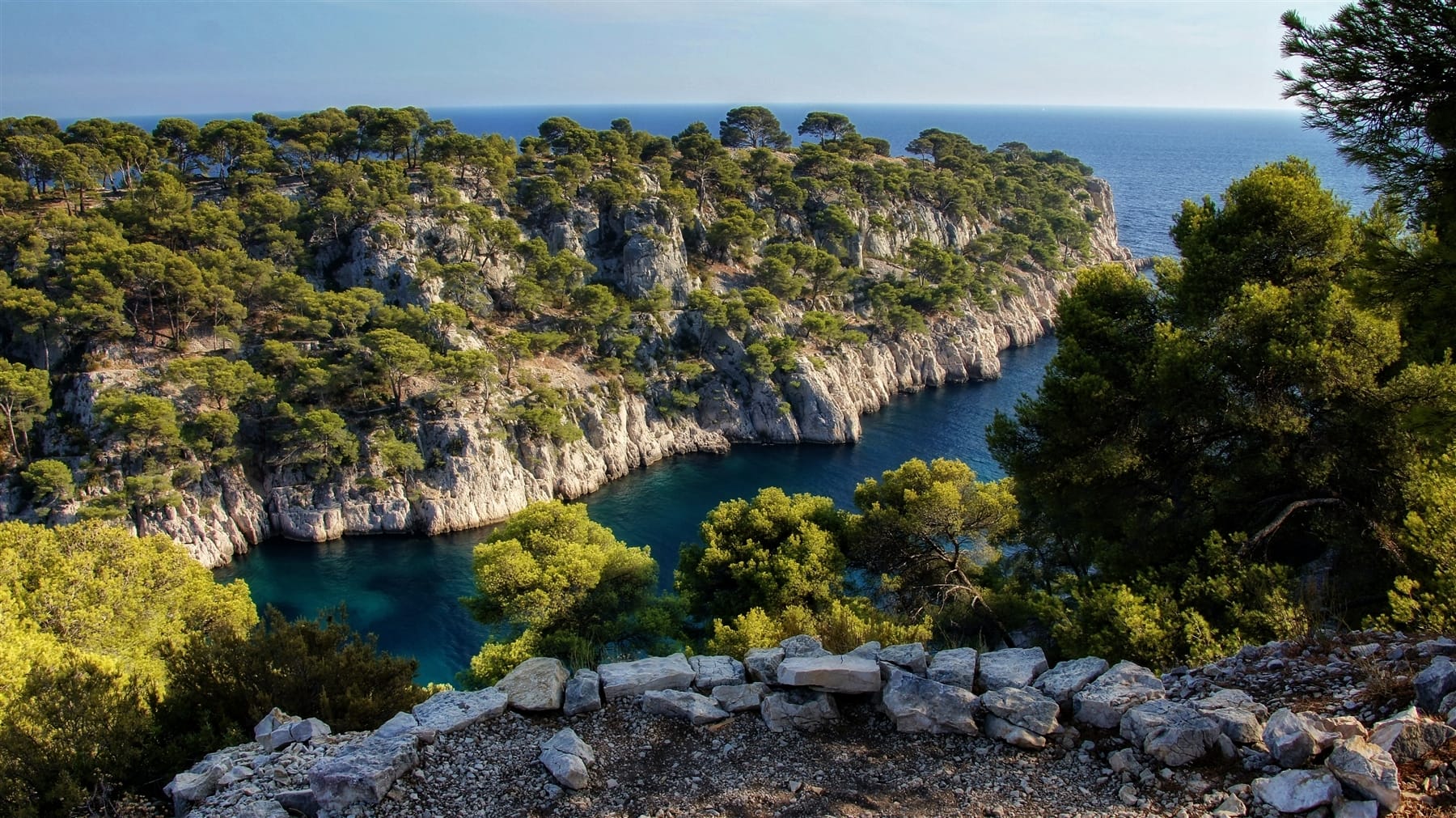
A murky transition. Another piece, also produced by Magmatic School of Environmental Journalism participants, addresses a different but significant environmental issue. This time, the focus shifts to Spain, where agricultural communities face upheaval from the transition to renewable energy. The European Union's decision to invest in extracting critical minerals like lithium domestically — to reduce reliance on imports from countries outside the EU— has serious implications for the region. In certain parts of Spain, the subsoil holds critical minerals crucial for the transition to renewable energy, which will drive expansion of solar energy and reliance on electrical transportation. However, the potential opening of mines and processing plants could drastically disrupt the landscape and, with it, the local agricultural and tourism economy. Many residents express concerns, particularly regarding a lack of communication about the potential impacts and benefits (Climate Home News).
In a world of constant information overload and instant reactions, we want to reclaim time that allows us to think at a different pace. Our first-ever print magazine invites you to take time for deeper reflection — on climate, environmental justice and the Mediterranean’s future. This pilot issue features stories by the Magmatic School of Environmental Journalism participants on the distortions of the transition to renewable energy, environmental inequalities and the consumption of natural habitats.
It’s a tangible print product born from months of collaborative reporting, mentoring and care — and thanks to the support of Journalismfund Europe — and we’d love to share it with you.
Preorder your copy now by contributing to the issue’s printing and shipping costs, and join us in building a thoughtful, cross-border Mediterranean community.

Another murky transition. Continuing with the theme of transparency in the transition to renewable energy, we present an in-depth investigation in Italy and Spain. Supported by a Journalismfund Europe grant, the reporters uncovered questionable practices in the approval of photovoltaic installations needed for solar power and how they tend to come at the expense of farmland. The local communities often bear the cost, and frequently are not consulted and left unaware of projects until construction begins. The first part of this investigation focuses on a Shell oil company project in Catalonia (Público).
Polluting the air less but polluting the sea. A recent investigation reveals a counterintuitive situation in which efforts to curb pollution in the air is increasing pollution in the sea. At the center of the report are air scrubbers, filters that use seawater to capture pollutants, including heavy metals and sulfur, from ship exhaust. However, the resulting wastewater is discharged directly into the sea, causing significant environmental damage. While air pollution from ships is a major health concern for those living near ports, and its reduction has been long debated, this investigation explores the origins of this paradox. It identifies Mediterranean areas with high scrubber pollution levels, the worst-offending ships, the actors involved and potential solutions (IrpiMedia; Voxeurop).

Cleaning up the seabed. We'll leave you with a positive story from the Greek island of Alonissos, home to Europe's largest marine protected area. Faced with the tens of thousands of tons of waste dumped into the Mediterranean each year, a group of volunteer divers in Alonissos is retrieving tires, plastic bottles, and other debris from the island's seabed, while also working to raise awareness among locals and tourists about respecting the marine environment (Reuters).
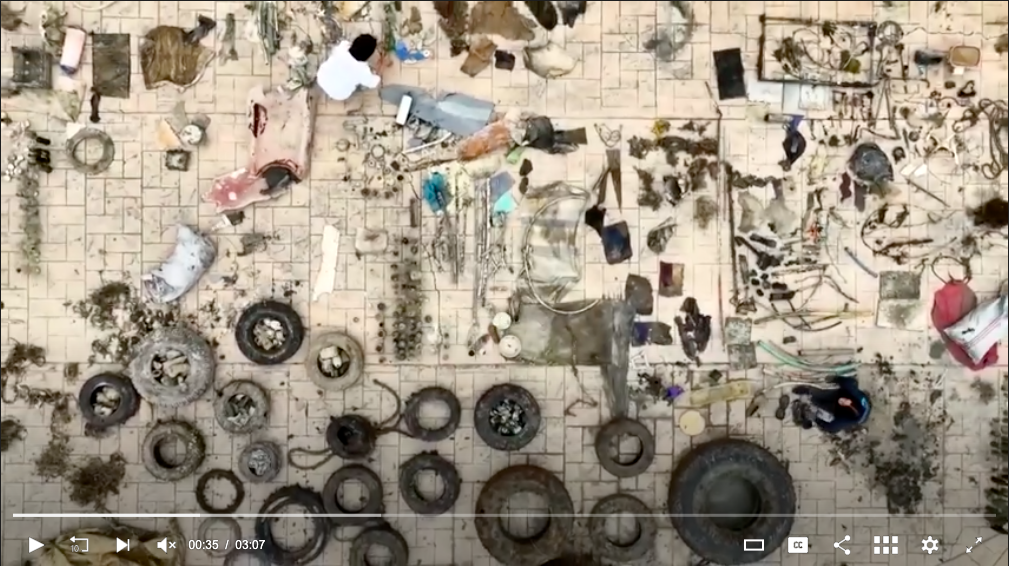
An erupting Mount Etna. And we, at Magma, will say goodbye with these spectacular videos coming from Mount Etna. During a recent eruption, a crater partially collapsed, sending an ash cloud at least five or six kilometers (three or four miles) into the sky. Fortunately, none of the many tourists who were on the volcano at the time of the eruption were injured (Rai News; CNN; La Sicilia).
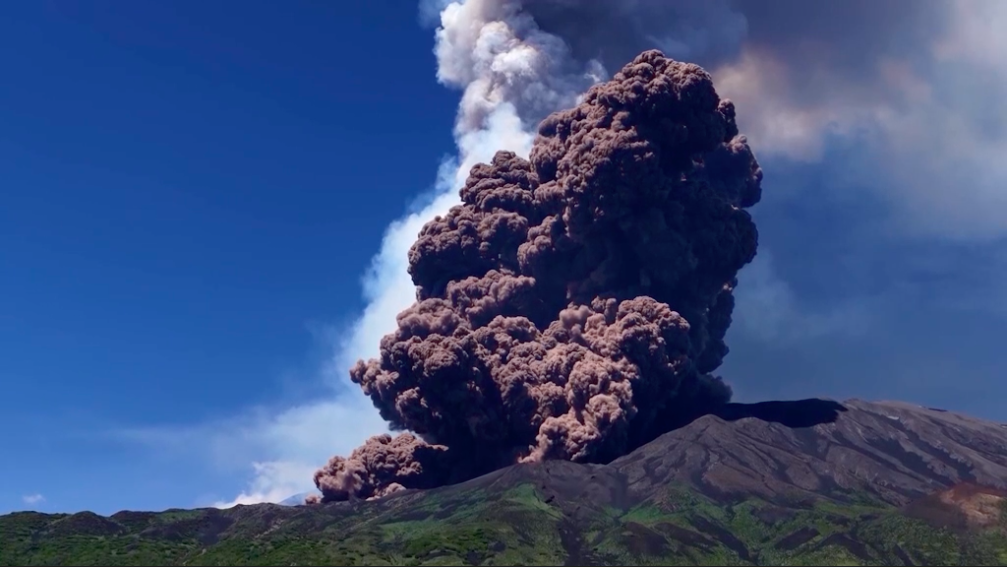

GUGLIELMO MATTIOLI
As a multimedia producer, he has contributed to innovative projects using virtual reality, photogrammetry, and live video for The New York Times. In a past life, he was an architect and an urban planner, and many of the stories he produces today are about the built environment. He has worked with publications such as The New York Times, The Guardian, and National Geographic. Born and raised in Genoa, Italy, he has been living and working in New York City for more than 10 years.That's it for this month. Thank you for reading this far. See you in July or earlier with Lapilli+.
If this newsletter was forwarded to you, you can subscribe here to continue receiving it. Lapilli is free and always will be, but in case you would like to buy us a coffee or make a small donation, you can do so here. Thank you!
Lapilli is the newsletter that collects monthly news and insights on the environment and the Mediterranean, seen in the media and selected by Magma.

